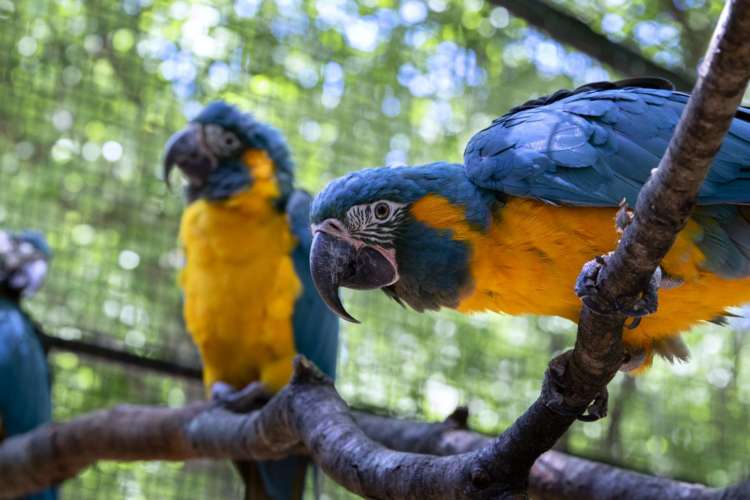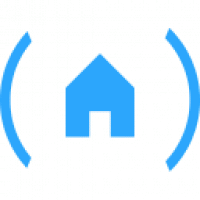- by FPABS-Admin
- 0
- Posted on
Blue-throated Macaw
Blue-throated macaw are often called barba azul in Spanish, meaning “blue beard,” because of the bright blue coloration covering their throats. They play an important role in the ecosystem as seed dispersers. These intelligent and colorful birds is critically endanger and threatened by habitat loss and the illegal pet trade.
Blue-throated macaw is not often seen in large flocks. They may appear in small groups of 10 or fewer, but this may be due to there being so few in the wild. While they primarily travel by flying, blue-throated macaws can also climb trees and walk on the ground. Macaws is know for their loud, screeching alarm calls that they make when threaten or frighten. Their bright coloration provides them with camouflage in the wild, allowing them to blend in with bright fruits, leaves and shadows.
Blue-throated macaw get their name from the vivid blue coloration covering their throat and are often call barba azul in Spanish, meaning “blue beard.” Their heads, backs, and outsides of wings and tails are the same blue color, while the sides of their faces and chests are a bright yellow-gold.
Blue-throated macaw will mate for life. They are sexually mature at 2-4 years and breed once a year. Interestingly they do not make their own nests but find cavities in trees that have already been creat by grubs that eat and hollow out dead. Mate pairs will often pick a different nesting site each year. Females incubate the eggs while the males bring them food. Once the chicks have hatch both parents will bring food back to the nest. The chicks will fledge and be ready for their first attempt at flight at 13-14 weeks. But they will stay with their parents for up to a year. In both the wild and here at the Zoo, the blue-throated macaw has a lifespan of up to 50 years. Meaning one female could produce 100+ chicks across her lifetime!
There is two populations, both within Bolivia. One lives north of the city of Trinidad, and the other lives to the south of Trinidad. They inhabit a total area of around 968 square miles.
HABITAT
The Beni savanna, a critically endanger ecosystem, is a flood savanna. With Motacú palm tree islands, where the blue-throated macaw forages and nests.

